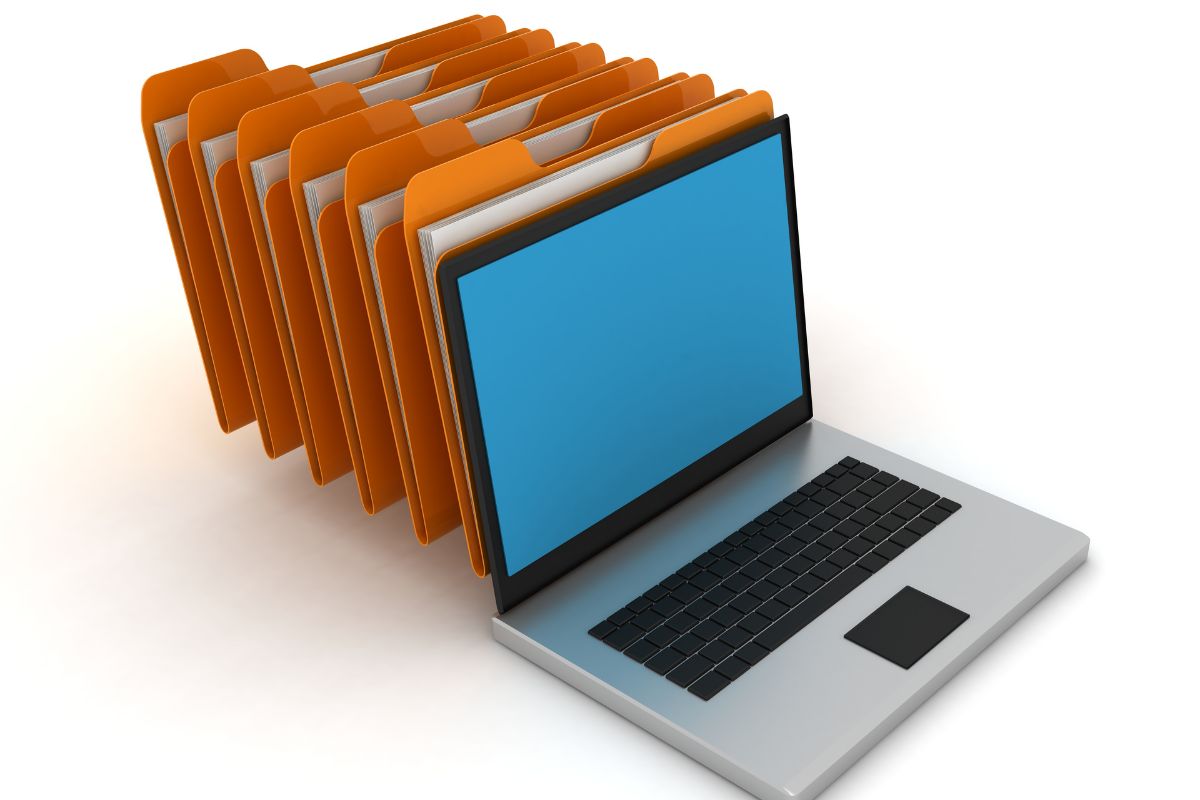Cache is a term that refers to storing data locally on a device or network server to reduce bandwidth usage and improve performance.
Caching is a technique used in web development to speed up page loads. Cached pages are stored on the user’s computer or mobile device.
This means they don’t have to be downloaded from the Internet every time the user visits the site.
The first website was built with HTML, but most websites now use CSS, JavaScript, PHP, and other technologies. When you visit a website, your browser sends requests for all of these files to the website’s servers.

If the file isn’t already cached on your machine, then the request has to go back out to the website’s server.
That can take time depending on how far away the server is located from you.
By caching static content, like images and style sheets, you save yourself some time when you load a page. You also save bandwidth because you’re not sending those files over the internet again.
There are several different types of caches:
Browser Cache
The browser stores information about visited sites, so you don’t need to re-download them each time you open a new tab. It uses cookies to store this information.
Cookies are small bits of text sent by an HTTP server to a client (your browser) to identify itself. They are usually used to keep track of which pages you’ve viewed.
Server Cache
A server holds copies of resources such as scripts, stylesheets, images, etc., so that if someone else makes changes to one of those resources, the change will appear on subsequent requests without having to download the resource again.
Network Cache
A network cache is a proxy server that sits between clients and web servers.
The cache server stores recent versions of frequently requested web documents and serves them to users instead of having to send the same document multiple times.
Database Cache
A database cache is a way to store recently accessed records in a database so that they can be retrieved quickly when needed again.
How Does A Cache Work?
A cache works by storing copies of data that may be reused later. For example, say you want to display a list of products on a webpage.
Instead of downloading the entire list of products every time someone views the page, you could store a copy of the list in memory and serve that version of the page to visitors.
Then, when someone wants to view another product, the system checks its cache first before making a request to the original source.
If the item exists there, it’s served directly from the cache. Otherwise, the system goes through the process of retrieving the data from the original source.
Why Should I Use A Web Server Cache?

A web server cache helps to make your webpages faster. By serving cached copies of static content, you reduce the number of requests made to the server.
If you’re building a large application, you might consider using a reverse proxy cache. A reverse proxy cache acts as a gateway between your application and the outside world.
It intercepts incoming requests and determines whether or not they should be passed along to your application. If they should be, the cache passes them on; otherwise, it forwards them to your application.
This allows you to scale up your application while maintaining low latency.
If you have a lot of traffic, then you’ll probably want to use a CDN. A Content Delivery Network (CDN) distributes your website across many geographically distributed servers.
When people visit your site, their browsers automatically connect to the closest server.
That server returns the file to the user much more quickly than if it had to retrieve the file from your own computer.
What Are The Benefits Of Caches?
Caching has several benefits:
- It reduces bandwidth usage. Since caches contain previously downloaded files, less data needs to be transferred over the Internet.
- It speeds up response times. Because caches hold copies of commonly accessed files, they can be returned to users more quickly.
- It improves performance. Since caches save time, they allow developers to spend more time developing new features rather than worrying about how long it takes to load pages.
- It saves money. Since caching decreases the amount of data sent over the Internet, it also saves money for ISPs.
- It increases security. Since caches eliminate repeated downloads, they prevent hackers from stealing information.
- It protects privacy. Since caches keep track of what websites people visit, they can help protect privacy.
- It makes life easier. Since caches save time and effort, they improve productivity.
- It boosts SEO. Search engines like Google index cached versions of websites because they know that the information will be available when people search.
Downsides Of Caches
There are some downsides to caches:
- They don’t work with dynamic content. Dynamic content refers to HTML documents that change frequently. For example, an online news service might update articles all day long. In this case, a cache won’t work very well because you need to re-download the updated content each time someone visits the page.
- They aren’t always reliable. While most caches do a good job at keeping old files around, they aren’t perfect. Sometimes they get confused and return outdated files. To avoid this problem, you must test your cache regularly.
- You may not be able to control where your visitors go. Your cache only works within your network. If you want to serve your cached files to people who are visiting other networks, you’ll have to set up a proxy server. Proxy servers act as gateways between different networks. They forward requests from one network to another.
Conclusion
Caches are great tools for improving the speed and reliability of your web applications. They reduce bandwidth consumption and increase response times.
They also make development faster by reducing the time spent downloading files. Additionally, they provide better security by preventing hackers from stealing information.
- The 20 Best Blogging Courses That Are For Beginners - December 7, 2022
- 20 Best WordPress Plugins For Blogs For Effective Blogging! - December 7, 2022
- 5 Excellent Affiliate Marketing Courses To Learn - December 6, 2022








